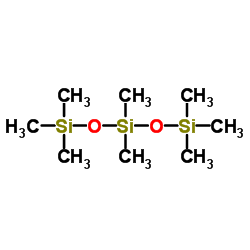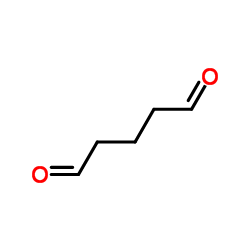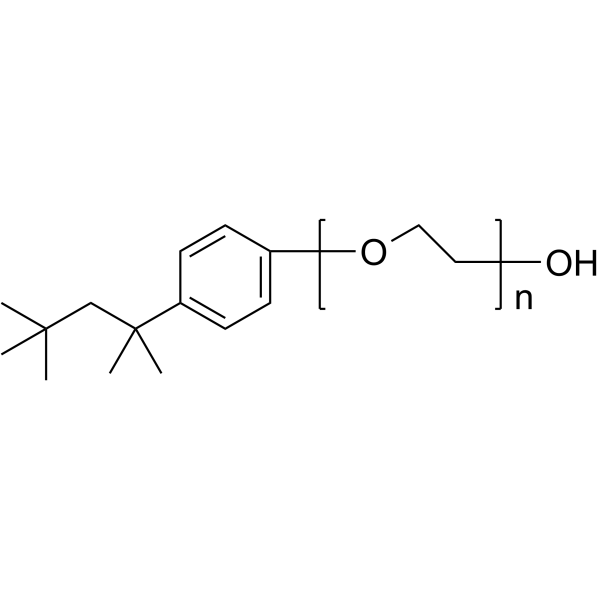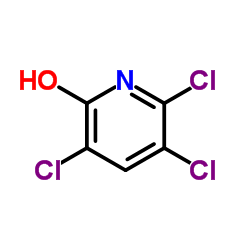| Structure | Name/CAS No. | Articles |
|---|---|---|
 |
Octamethyltrisiloxane
CAS:107-51-7 |
|
 |
Ethanol
CAS:64-17-5 |
|
 |
Hexamethyldisiloxane
CAS:107-46-0 |
|
 |
Formaldehyde
CAS:50-00-0 |
|
 |
Carbon
CAS:7440-44-0 |
|
 |
glutaraldehyde
CAS:111-30-8 |
|
 |
carbon black
CAS:1333-86-4 |
|
 |
Triton X-100
CAS:9002-93-1 |
|
 |
3,5,6-Trichloro-2-pyridinol
CAS:6515-38-4 |
|
 |
Ethylenediaminetetraacetic acid
CAS:60-00-4 |